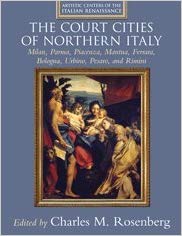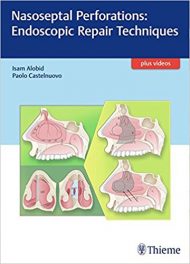 Editor: Charles M. Rosenberg
Editor: Charles M. Rosenberg
Publisher: Cambridge University Press – 423 pages, with 35 color plates + 228 black-and-white images
Book Review by: Sonu Chandiram
This is a book about the artistic centers of northern Italy during fourteenth, fifteenth, and sixteenth centuries. It takes a close look at the patronage of art and its development, as well as the production of art works during that period.
Seven specialists in a related range of subjects – architecture, art, art history, decorative arts, European (French, Italian, and Spanish) art, museology, painting, Renaissance studies, and sculpture in the nine cities stated above – authored the six chapters of this book.
These contributors of content are from Italy, the United Kingdom and the United States. We name below the titles of the chapters of this book to provide you an overview of the coverage of this unique book:
- Patrons, artists, and audiences in Renaissance Milan, 1300-1600
- Center and Periphery: Art Patronage in Renaissance Piacenza and Parma
- The Art of Diplomacy: Mantua and the Gonzaga, 1328-1620
- Estense Patronage and the Construction of the Ferrarese Renaissance, c.1395-1598
- Art, Patronage, and Civic Identities in Renaissance Bologna
- Art Patronage in Renaissance Urbino, Pesaro, and Rimini, c. 1400-1500
Among other matters, the contributors to this work explore and discuss the following;
- Interaction of artists and their civic and / or courtly patrons within the context of the then prevailing cultural, political and religious circumstances
- Many common themes emerge in this book, including:
- Concept of the court artist
- Politics local and foreign styles
- Role of corporate and individual patronage in production
- Circulation of artists and images in northern Italy and beyond
- Function of art in constructing individual and group identity
- Relationships among science, theology and the visual arts, particularly in the sixteenth century
In sum, this is a collection of visual art items created for princes and prelates, confraternities and civic authorities, and other people that are presented in public and private places, and in churches and town halls. It is all at once an enlightening and highly important, informative work.
Editor:
Charles M. Rosenberg is Professor of Art History at the University of Notre Dame in Notre Dame, Indiana. A recipient of an NEH Rome Prize Fellowship and a Villa I Tatti Fellowship, he is the author of The Elite Monuments and Urban Development in Renaissance Ferrara and editor of Art and Politics in Late Medieval and Renaissance Italy, 1250-1515.
Contributors:
Giuseppe Bertini
Molly Bourne
Anthony Colantuono
David J. Drogin
Dr. Mary Holingsworth
Charles M. Rosenberg






